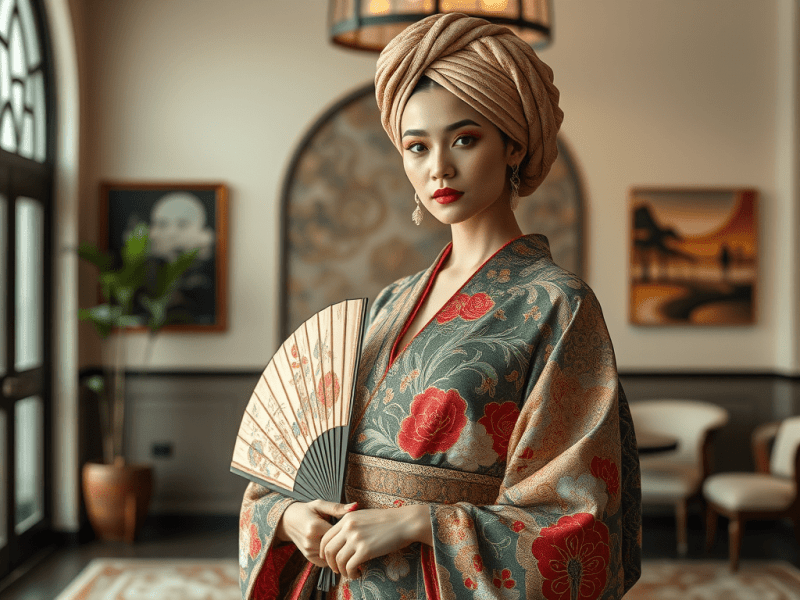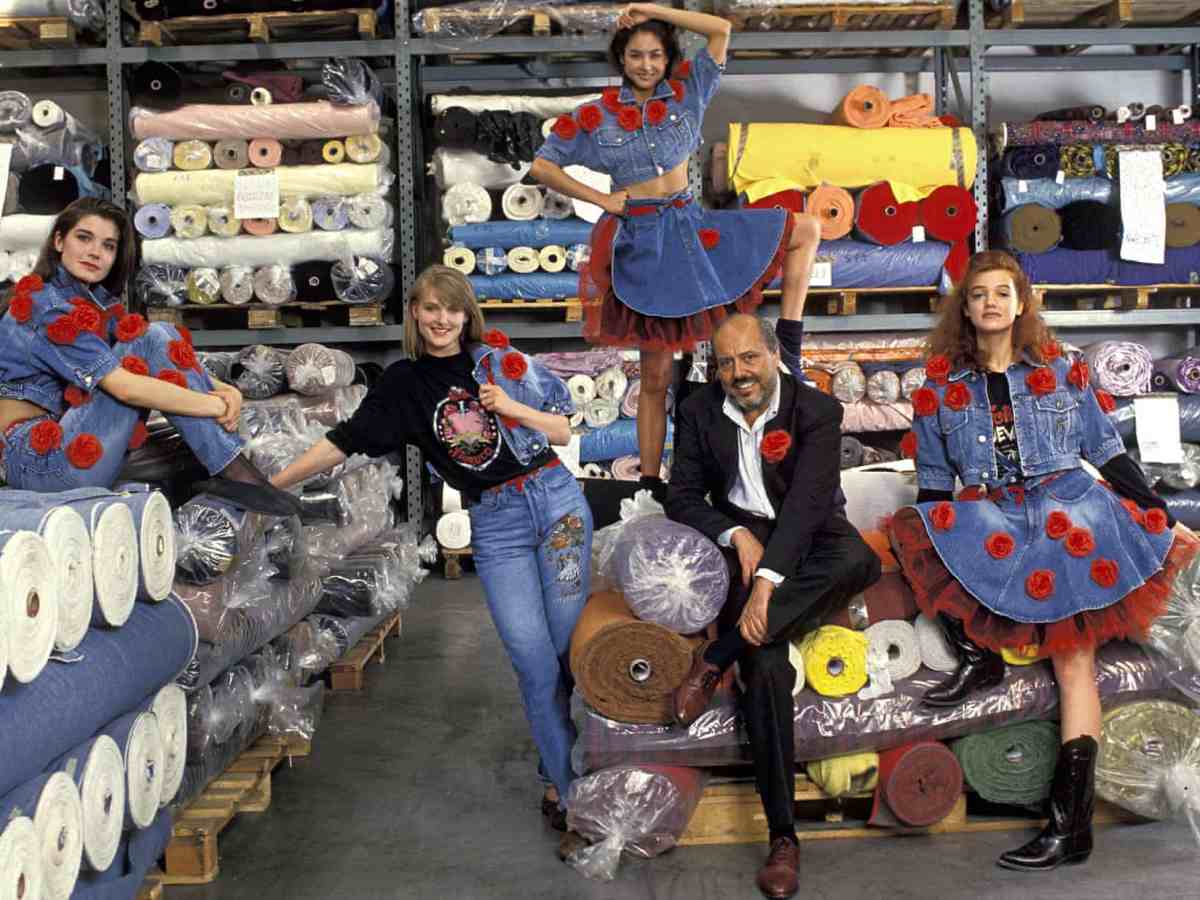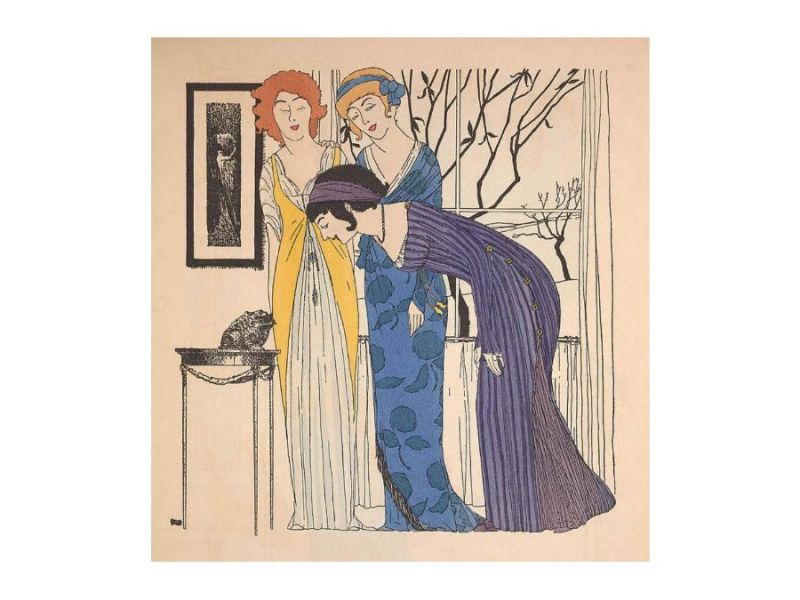Yohji Yamamoto Uncluttered Forms Dark Colours
Yamamoto apparel is known for its washed, unironed textiles, loose, minimalist silhouettes, and dark colours. Postmodernist bricolage is characterised by occasionally mixing Japanese and Western traditional and contemporary references.
Yohji Yamamoto Education
Yamamoto studied for three years at the Fashion Culture Institute after graduating in law from Keio University in Tokyo in 1966.

Biography of Yohji Yamamoto
He won the Endo design prize in 1969, which sent him to Paris, where he worked in the couture sector for two years. When he returned to Tokyo, he founded Y’s Ready-to-wear for Ladies in 1972 and Y’s Ready-to-wear for Men in 1977.
“I don’t want external things to bother me. When I make things they must not interfere with the individuality of the people who wear them.”
Yohji Yamamoto
1981 he debuted his line in Paris, followed by his Yohji Yamamoto pour Homme collection in 1984. Yohji Yamamoto+Noir was founded in 1995, and its apparel is primarily black with bursts of vivid colour, as the name suggests.
Notes about his style
Yohji Yamamoto has contributed to redefining clothes and using the figure’s colour, shape, and form. He has also contributed to the redirection and questioning of Western beauty standards and what it means to be a woman in today’s culture.
Yohji Yamamoto has a romantic side to him. It’s a little easier to grasp his collections once you know that about his attire. Yamamoto sees women as transitory and whimsical. Women are not designed to be held and never understood, but their intellect and expertise should be respected entirely. Even his gothic preoccupation with the colour black, which occurs in nearly all of his collections, evokes a sense of the unreachable. His use of black has been described as an “encompassing black” that absorbs all colours and has a depth of shadow. (Palomo-Lovinski, 2010)
Sources
Palomo-Lovinski Nöel. (2010). The world’s most influential fashion designers: hidden connections and lasting legacies of fashion’s iconic creators. Barron’s.
Woodham, J. M. (2006). A dictionary of modern design. Oxford University Press.
More on Fashion Designers
Related Articles
Discover more from Encyclopedia of Design
Subscribe to get the latest posts sent to your email.







